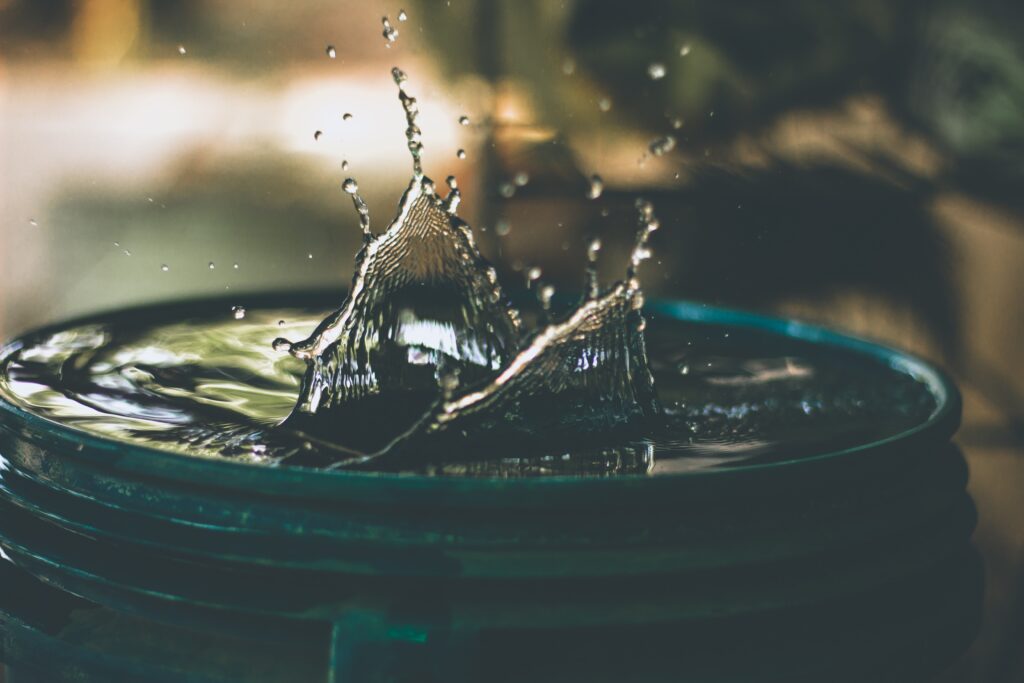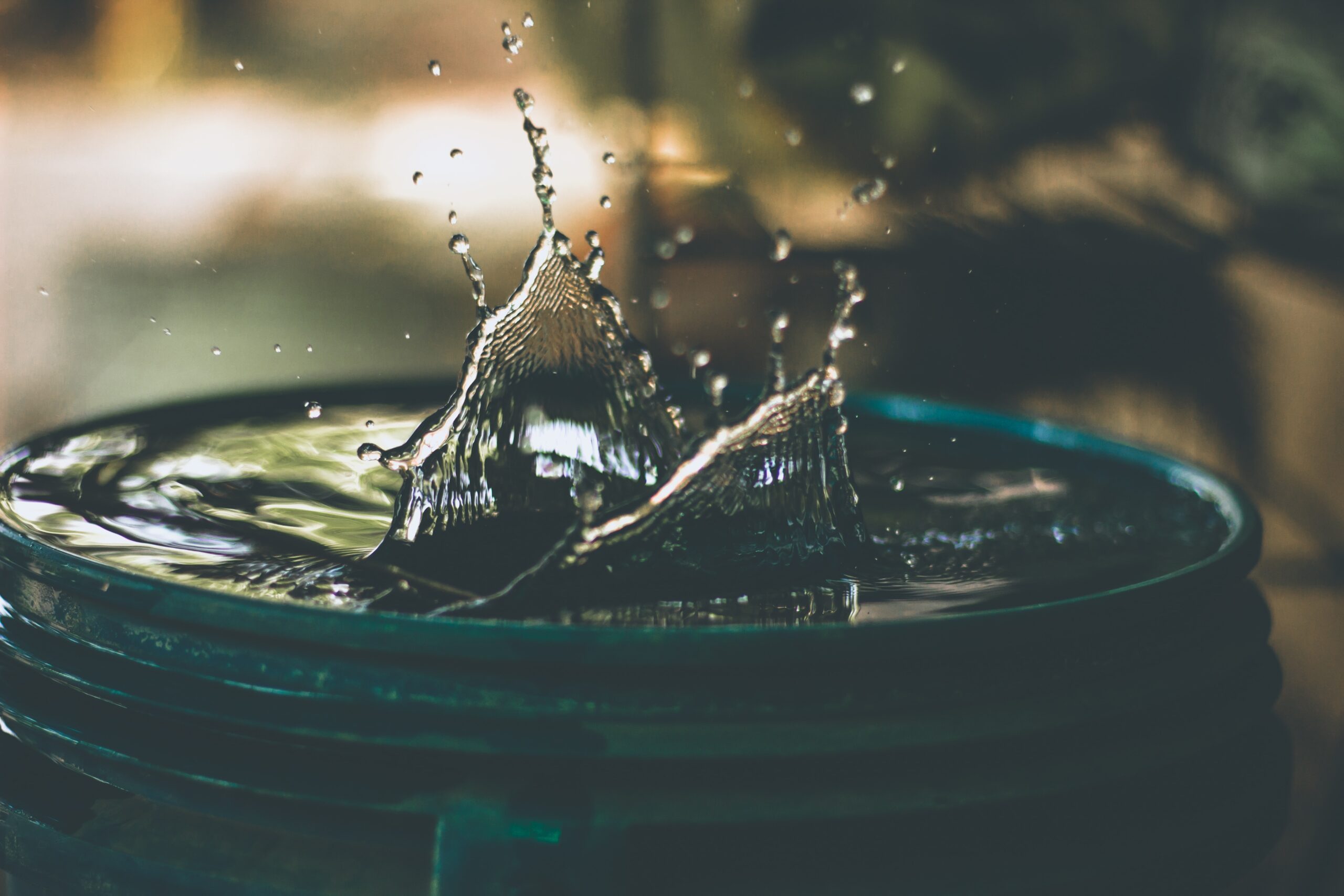Today, we will discuss the essential steps to maintain and test the well water pressure relief valve. As a homeowner, understanding how to properly maintain this valve is crucial for the overall functionality and safety of your well water system. We will guide you through the necessary procedures, ensuring that your well water pressure relief valve is in optimal condition for providing consistent water pressure and preventing any potential issues in the future. So, let’s dive right in and explore the simple yet vital maintenance and testing process for your well water pressure relief valve.

Understanding the Well Water Pressure Relief Valve
What is a well water pressure relief valve?
A well water pressure relief valve is an essential component of a well water system. It is typically installed near the pressure tank and is designed to regulate and maintain the pressure within the system. This valve helps prevent the water pressure from becoming too high, which can lead to potential damage to the system or even safety hazards.
Why is it important?
Maintaining the proper pressure in your well water system is crucial for its overall performance and longevity. If the pressure becomes too high, it can cause stress on various components, such as pipes, fittings, and fixtures. This stress can result in leaks or bursts, leading to costly repairs. Additionally, excessive pressure can damage appliances and reduce their lifespan. The well water pressure relief valve acts as a safeguard against these issues, ensuring the pressure remains within a safe range at all times.
How does it work?
The well water pressure relief valve works by maintaining a balance between the pressure of water entering the system and the pressure required by the system. When the pressure exceeds a pre-set limit, the valve opens and releases the excess pressure, thereby preventing any potential damage. Once the pressure returns to the desired level, the valve closes.
Maintaining the Well Water Pressure Relief Valve
Regular inspection
Regular inspections of the well water pressure relief valve are crucial to ensure it continues to function properly. Check for any signs of wear or damage, such as corrosion or leaks. Inspect the valve for any debris or mineral buildup that could impede its operation. Regular inspections can help identify any issues before they escalate into major problems.
Cleaning the valve
The well water pressure relief valve may accumulate sediment or debris over time, which can affect its performance. To clean the valve, turn off the water supply and relieve the pressure in the system. Remove the valve from the system following the manufacturer’s instructions. Rinse the valve thoroughly with clean water to remove any buildup and ensure proper functioning. Once cleaned, reattach the valve securely to the system.
Replacing worn-out parts
Like any mechanical device, the well water pressure relief valve may require parts replacement over time. If you notice any signs of wear or if the valve is not functioning correctly, it may be necessary to replace certain components. Consult the manufacturer’s guidelines for instructions on how to replace specific parts, or consider hiring a professional to ensure proper installation.

Testing the Well Water Pressure Relief Valve
Checking for leaks
Regularly checking for leaks in the well water pressure relief valve is an essential step in keeping your system functioning optimally. Start by visually inspecting the valve for any signs of leaks, such as water stains or dripping. If you notice any leaks, it is advisable to address the issue promptly to prevent further damage. Ensure that all connections are secure and properly sealed, and consider using thread seal tape if necessary.
Testing pressure release
To test the pressure release capabilities of the well water pressure relief valve, you will need a pressure gauge and a bucket. Attach the pressure gauge to a hose bib or a fitting on the system. Open the valve slowly and observe the pressure gauge. The valve should release the excess pressure until it reaches the specified relief point and then close again. If the valve fails to release pressure or does not close properly, it may need adjustment or replacement.
Measuring valve performance
Measuring the well water pressure relief valve’s performance can give you valuable insights into how your system is functioning. Use a pressure gauge to monitor the pressure regularly and compare it to the recommended operating range for your system. If the pressure consistently falls outside the recommended range, it may indicate a problem with the valve or the system itself. Consult a professional if you are unsure how to interpret the pressure readings or if you notice any significant deviations.
In conclusion, understanding the well water pressure relief valve and properly maintaining and testing it are essential for the efficient and safe operation of your well water system. Regular inspections, cleaning, and parts replacement ensure that the valve functions optimally, preventing damage and prolonging the lifespan of the system. By regularly testing the valve’s pressure release capabilities and monitoring its performance, you can identify any issues early on and take appropriate actions to maintain the desired pressure levels. By following these maintenance and testing practices, you can ensure the longevity and reliability of your well water system.


